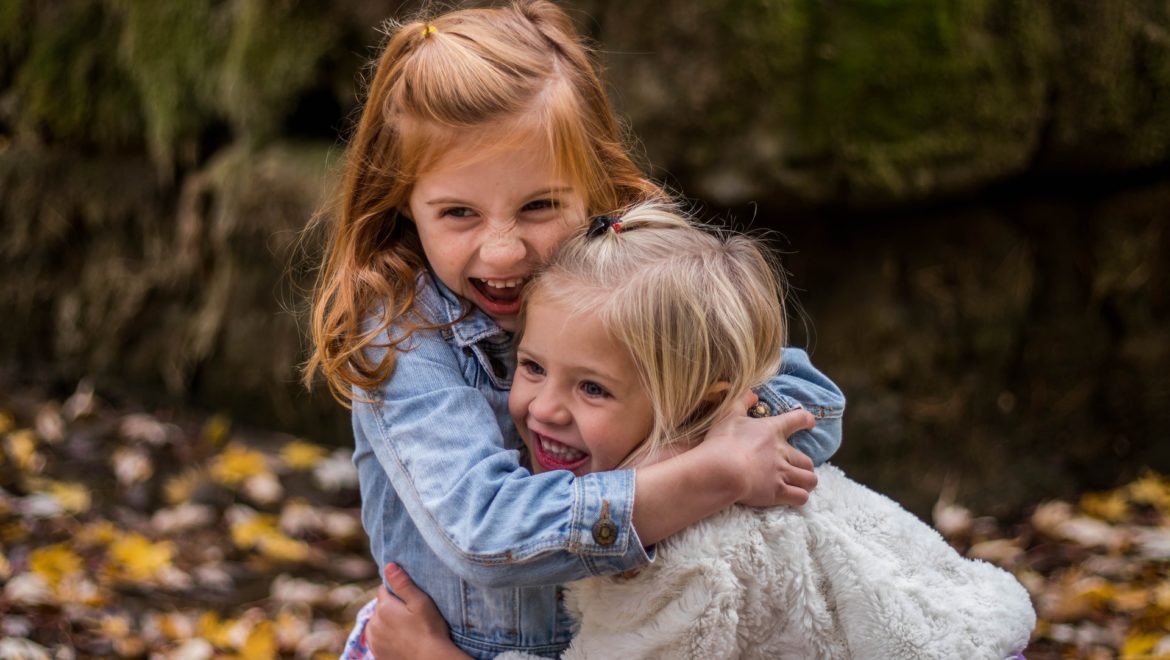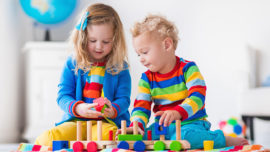
What is mindfulness?
Mindfulness is a term that we hear used all the time in our ever increasingly health and wellness focused society. In fact, it is quite difficult to open a magazine, turn on the TV or read a health and wellness blog without learning about the latest mindfulness technique taking the world by storm.
To me, mindfulness is the art of being in the present moment – fully engaged. It is about being 100% in the here and now, not worrying about what has happened in the past or thinking about what is going to happen in the future. To be mindful is the art of being aware of what is happening both internally and externally. We have to be able to acknowledge our current situation without passing any judgment whatsoever on what is happening.
When putting this into practice as a parent, and in turn fostering mindful parenting, we can create an environment for our children filled with empathy, acceptance and self-awareness. And, as with most behaviours viewed by children, the more we can showcase this skill ourselves the more our little ones will mirror our conduct.
Some of my favourite ways to bring mindfulness into the home include:
- Putting my phone down, switching off the TV and unplugging the iPad. It is so easy to waste hours on end with technology.
- Establishing a regular family mindfulness practice. This can be as easy as sitting together and undertaking breathing exercises. Even just for a minute or two. Being able to sit still and breath is not only an amazing stress relief for both big and little ones it is an amazingly simply mindfulness technique that you can do together as a family.
- Going for a walk in the garden, lying in the grass and watching the clouds or just sitting and listening to the birds chirping in the backyard. Be intentional and conscious of the environment around you. Feel, touch, listen, see. You’ll be amazed at how many different things you will notice.
- Really taste what you’re eating. With the taste, textures, and temperature of foods so different, mindful eating is one of the easiest practices. Ask everyone to spend the first few minutes of certain meals silently feeling the food in their mouth, noticing the varied sensations of, say, a spoonful of hot oatmeal topped with fruit, nuts, and cinnamon, or a warm juicy burger and cold mushy bun—with that burst of sweet, liquidy ketchup. Your mind will inevitably run away at some point (to whether bath time will be late today or you forgot to call the dentist…). When you realize you’ve stopped focusing, simply bring it back.
- Go inside your body. Do a “body scan.” Sit or lie with your kids and, starting with the toes, silently or out loud bring awareness to one body part for a moment, until you’ve worked your way up to the top of your head. A variation is for everyone to take turns naming one part of their body out loud and briefly describing how that part feels. You might start by saying, “I’m focused on my stomach, and it feels rumbly.” Your child then continues, “I’m focused on my left toes, and they feel tingly.” Continue for as long as there’s interest, or just do one round periodically through the day.
- Savor some silence. During a period of enforced quiet, everyone goes through their regular routines—but they don’t speak. Start with 5 or 10 minutes and try to work up to an hour or more. Other types of communication—writing, signaling, sign language—should be discouraged, although you can give everyone a small note pad to jot down thoughts, to be passed around later. The first time I observed silence, I was shocked—not by the quiet, but by the noise. My mind rushed to fill the stillness with jabbering inside my head. After a while though, the mental noise lessens (but never stops entirely). You will notice that the world is more vibrant than before, because when you shut down the avenue where so much energy escapes, it is re-channeled to the other senses.
- Try a sitting meditation. A formal meditation, where you sit without moving and focus on a single thing, can be difficult for kids (and adults!). But it is very effective—turn down the lights and your phones off and have everyone sit on the floor (or a chair with a back) for a few minutes. The most common form of meditation is to focus on the breath. Kids can get the hang of this by envisioning they are slowly blowing out to cool a cup of hot tea, then slowly breathing in to sip the cooler tea. (Eventually, work up to breathing in the mouth and out through the nose.) End each session with a moment that solidifies the sacredness before everyone makes their mad scramble. In our home, we stand in a circle and hold hands, “squeezing” a bit of love into the hand of the person to the right, until the love goes around a few times.




